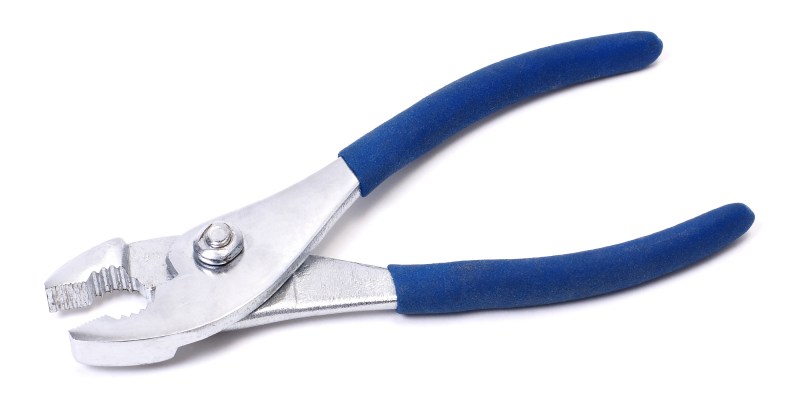The functionalist school preaches that good design is as little design as possible. This was cemented in the popular imagination in Dieter Rams’ “10 principles for good design” and prominently displayed on motherfuckingwebsite.com. Well-executed design would not get in your way: it would focus on the essentials and do that task seamlessly. One of Rams’ most famous ideas materializes this approach well: using the lowest volume on a radio as the on/off switch. A radio turned on with the volume set to zero is redundant; it might as well be off, and indeed Rams designed it to be. From these kinds of functional decisions an aesthetic would emerge, i.e. the form of the object would follow from its function.
An example that functionalist architect Le Corbusier returns to endlessly is the airplane. It was designed first and foremost to fly and therefore was subject to the constraints of aerodynamics. The objective of design was not simplicity; however, the functional constraints led to a beautiful tear-shaped silhouette. A well-designed product, whose function comes first, can be used with ease. A poorly designed one requires thought. Think of your reaction when accidentally pushing on the metal bar across a building’s door and realizing you’re meant to pull. The metal bar might have been more aesthetic, but it did not indicate correctly the action required to open the door. Ease was rejected for aesthetics.
The goal of thoughtlessness in design stems from understanding how we interact with the world. This observation was discussed extensively by Heidegger. He noted how, when using a hammer, we treat it as a nail-hitting thing. We don’t consider its function as a lever, nor how the weighted end has the advantage of accelerating the hammer’s descent, and that on contact it can propel its target forward. Instead, we need to hit nails, and immediately, without thought, we use the nail-hitting thing. He deemed this mode of interaction with objects ready-to-hand and emphasized it as the primary way we interact with the world. This is in contrast to present-at-hand, in which we decompose an object into its constituent parts and understand the mechanisms through which the parts interact. Even though this is how a scientist analyses the world, Heidegger emphasized that is was only secondary—an attempt by humans to understand the world, but not fundamental to our interactions.
When riding a bike, you don’t consciously think before a turn of how you’re going to shift your weight and tilt the handlebar. Not even when learning to ride a bike do you ever get into the weeds of the precise mechanism needed to balance and turn effectively. It’s just done intuitively. The bike is ready-to-hand. Similarly, when using a pen, one doesn’t consider the angle needed to rotate it to produce an elegant cursive f. With experience, we internalize the know-how of these actions. Even though an elementary school student can perform both of these tasks, describing them present-at-hand is incredibly difficult. The attempt to understand these motions by describing them mathematically, as a physicist would, routinely fails. It is incredibly difficult to provide closed-form algebraic solutions for a bicycle simulation, not to mention under real-world constraints. Recent advances in artificial intelligence stem from forgoing explicit representations of these motions for a neural network approach which learns by doing, similar to how we internalize knowledge of the world.
When we interact with the world, we analyze objects not by their parts, but according to the action possibilities we perceive them to have. We perceive wheels as having the potential to rotate, and thus have an easy time rotating a door knob. We perceive buttons as pushable, balls as rollable and ropes as swingable. These action possibilities are called the affordances of an object, as initially appropriated by the human-computer interaction designed by Donald Norman and made pervasive in “The Design of Everyday Things.” These affordances are socially learned, but are not essential to the world. New affordances can be designed. For example, whenever we open a webpage, we immediately know that we can scroll without the appearance of the scroll-bar. The flip-side of affordances are the characteristics of objects that we opt to ignore, e.g., that a hammer is a lever made of a weighted end attached to a wooden handle. Jean-Paul Sartre called this non-thetic awareness, referring to facts which you are certainly knowledgeable about, but are not consciously attending.
Anyone who’s driven for extended periods of times (say, on a road trip) knows the sensation of zoning out for several miles, only to snap back to awareness somewhat surprised that you’re still alive. You were driving at over 80 mph, taking turns and braking to avoid hitting on-going traffic without an ounce of conscious effort. In these terms, it sounds horrific. Driving is a very serious task that must be done with utmost care. Lives are at stake. On the other hand, this very common event makes a simple yet elegantly designed solution naturally come to the fore: white and yellow lines on the road. The lines reduce the complex task of driving to a simple game of staying in your lane between them and behind the car in front of you. You become non-thetically aware of your car and the road, and you just drive. If the line curves, you turn to follow it. If the line disappears because the lane disappears, you panic and snap back to awareness.
Great design lets you hurtle down a highway while thinking about an essay on Heidegger and design.
—Cristóbal Sciutto, ’20
